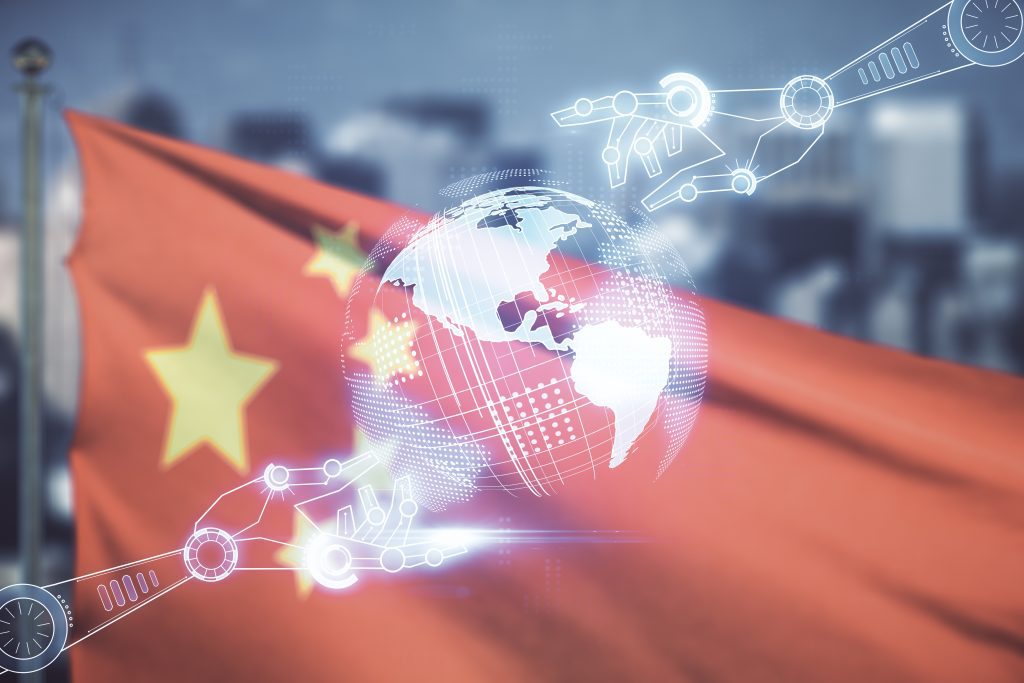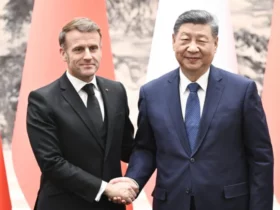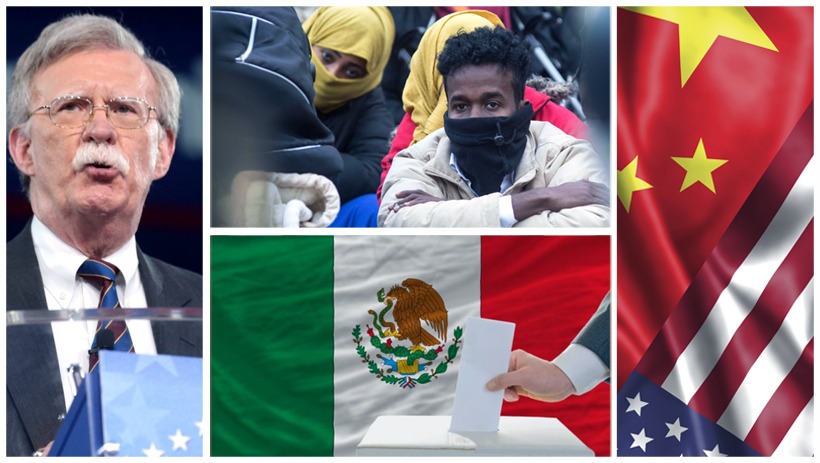If Nations Seize It Wisely
If Nations Seize It Wisely
By Mehmet Enes Beşer
The Digital Silk Road (DSR), one of the pillars that China’s Belt and Road Initiative (BRI) stands upon, has traditionally been perceived through the lens of geopolitical rivalry, surveillance concerns, and technological superiority. Western policymakers tend to present it as a carrier of digital autocracy or a tool of influence projection. But such assessments, however accurate, run the risk of overlooking another important fact: for many countries in Asia, Africa, and the Middle East, the Digital Silk Road represents a limited and timely chance to close the digital gap, modernize infrastructure, and leapfrog into the information age. For regions long bypassed by Western-led innovation or starved by global capital markets, the DSR is not so much about 5G towers or optic cables—it is about unleashing a model of development founded on connectivity, speed, and digital sovereignty.
In reality, the Digital Silk Road is an ambitious agenda to create the foundations for a transnational digital infrastructure. From satellite communication to land-based broadband networks, from e-commerce websites to smart cities, the DSR works towards constructing the physical and normative infrastructure of the information age through partnership with host countries. Chinese tech behemoths—backed by strategic vision and state capital—have opened up data centers in Egypt, smart surveillance equipment in Kenya, fintech services in Pakistan, and e-government platforms in Laos. These initiatives are not symbolic gestures; they are practical responses to very real infrastructure requirements in data-poor environments.
In a data- and connectivity-reliant global economy, these kinds of interventions are not luxuries—they are a prerequisite for development. Without safe internet, trusted e-governance, or affordable mobile banking, entire regions can get left further behind in the digital economy. Western alternatives to such services have been costly in economic terms, requiring regulatory conditions, or simply unavailable. The DSR, by contrast, offers cheap capital, technical expertise, and the capacity to design systems from the ground up. For urban governments willing to modernize bureaucracies, extend rural reach, or provide public services more effectively, these solutions are appealing—especially when bundled with rapid implementation timelines and minimal political conditionality.
Of course, there are legitimate worries. Detractors say that DSR projects can undermine digital sovereignty, introduce Chinese technology dependency, or bake in black-box data practices. These dangers cannot be ignored. But they must not blind us to the alternative: perpetuating a status quo where much of the world remains digitally excluded, structurally marginalized, and economically stunted. For the majority of developing countries, the strategic question is not whether China’s digital goods are perfect, but whether they are better than what is currently on offer—or whether there is no alternative at all.
The reason DSR is such a potent development tool is that it has multiple layers. It goes beyond the laying of cables and the building of cell towers to include digital training, incubation of start-ups, cybersecurity training, and even content creation. China’s own development experience—moving from a labor-intensive to a digital superpower economy—is a model, however imperfect, that other states can identify with as they aspire to travel down a similar path. Emphasis on leapfrogging over incremental development allows countries to avoid older models of infrastructure and leap straight into cloud computing, AI-based public services, or mobile-led financial systems. With adequate management, this has the capacity to expand inclusion, especially among rural populations, women, and youth.
Regional integration is also a tempting prospect. The DSR doesn’t merely connect countries to China—it connects them to each other. Cross-border e-commerce corridors, joined-up customs regimes, and joined-up regulatory platforms can potentially unlock intra-regional trade, reduce the cost of doing business, and harmonize digital standards. For blocs such as ASEAN, AfCFTA, or the Arab League, this could inject new momentum into long-standing integration plans. The strategic challenge is making this integration not only balanced but not excessively tilted in favor of Chinese strategic interests—a challenge for which there needs to be hard bargaining capability as well as careful regulatory monitoring by participating states.
There is also a wider narrative transformation in progress. With the post-COVID world increasingly relying on digital resilience, data localization, and technological sovereignty, the DSR can be interpreted as not a threat to autonomy but as an instrument of tools with which to build it. Countries that previously imported their future technologies are now able to participate to co-create them—whether in codeveloping AI architectures, contracting data sharing terms, or localizing app ecosystems. Dependence is certainly a real risk, but exclusion is too. The actual test of sovereignty in the information age may not be maintaining distance from partners but diversifying them—and leveraging their strengths to build indigenous capabilities.
Conclusion
The Digital Silk Road is no fairy godmother solution. It is geopolitically loaded, strategically calculated, and finally a long-term wager that needs to be calculated with care. But to reject it as such is to overlook the genuine development requirements that it promises to fulfill—and the sovereignty of the countries that it involves. For those regions of the world struggling with crumbling infrastructure, glacial connectivity, and structural underinvestment, the DSR is more than a game of geopolitics—it is a chance.
Seizing this moment, however, takes tact. It takes honing recipient countries’ digital literacy, building regulatory walls, and calling for transparency from themselves and their partners. It takes investing in local innovation hubs so they won’t be mere importers of off-the-shelf technologies anymore. And most importantly, they must fulfill the DSR as proactive coproducers of digital fate and not mere consumers.
If well executed, the Digital Silk Road can be reshaped from a Chinese-initiated initiative into an equally co-owned platform for inclusive, sustainable, and technology-enabled development. It can bridge the digital gap not only within countries, but between them. And it can build a multipolar digital order—one where innovation is not the domain of a minority, but the shared endeavor of a majority. That is not just a possibility. It is a developmental imperative of the 21st century.

















Leave a Reply